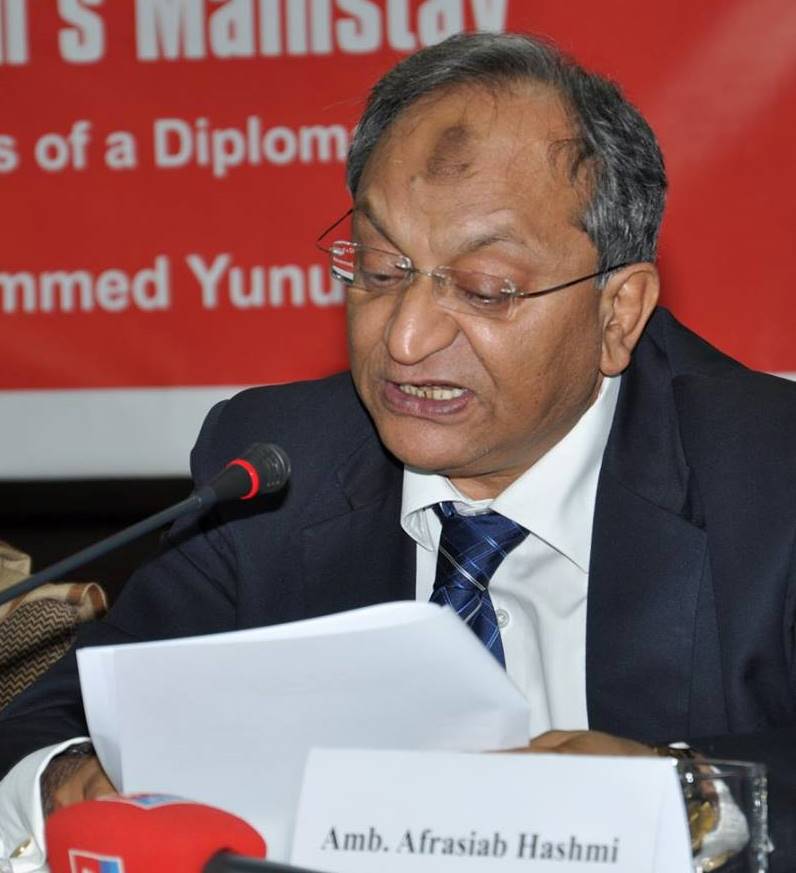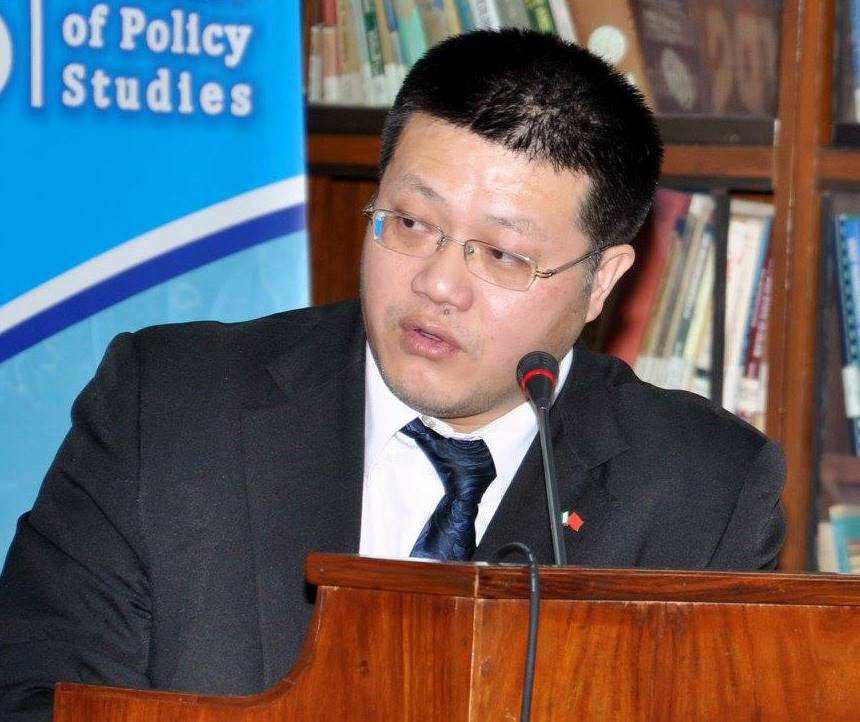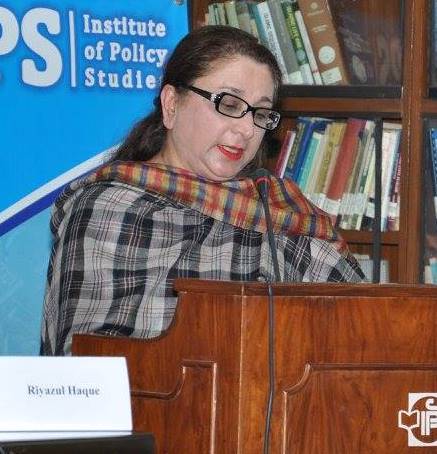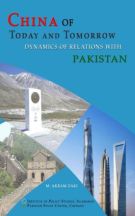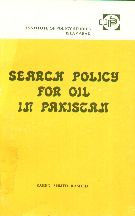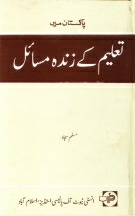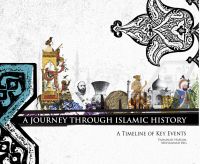Ambassador (r) Tariq Fatemi’s Message for the book launch
Message of SAPM to the Institute of Policy Studies (IPS) on the occasion of Ambassador Muhammad Yunus’s Book Launching Ceremony at IPS on November 26, 2014
Message of SAPM to the Institute of Policy Studies (IPS) on the occasion of Ambassador Muhammad Yunus’s Book Launching Ceremony at IPS on November 26, 2014
I have had the pleasure and honour of knowing Ambassador Muhammad Yunus for the past many decades. A thorough gentleman, a perceptive scholar and an outstanding diplomat, he played an important role in enhancing our relations with China. Not surprisingly, he continues to enjoy great respect and regard in that country.
2. I have no doubt that his book would be welcomed by both the casual reader and the serious scholar, as a personal but authoritative account of the evolution of Pakistan-China relations. More importantly, it would encourage future generations of Pakistanis and Chinese to look at their shared history with pride and motivate them to take this unique friendship to new heights.
3. Ambassador Yunus’s book reminds us that the tradition of scholarly exchanges and mutual learning between the regions that make up modern-day Pakistan and China, go back into the distant past.
4. China holds a special place in my heart. I cherishmy lifelong professional, as well as personal association with that great country and its people. For me, my fascination with China began when I took the Trans-Siberian Railway from Moscow to Beijing in 1972. Six days and six nights travelling 7,621 km across frozen stretches of Siberia into the never ending plains of Mongolia and then through the stark Gobi desert before entering China, has left an indelible impression on me.
5. Later, I had the honour to serve as the Deputy Head of Mission in our Embassy in Beijing and have remained engaged ever since with that country, in various capacities. I am proud to have made a very small and very modest contribution to strengthening the unique friendship that exists between Pakistan and the People’s Republic of China. As all-weather and time-tested friends, we are bound together by ties of fraternity and friendship that have withstood global and regional upheavals, remaining impervious to political changes in either country.
6. China is truly an ancient state and even a more ancient political entity, since its unification in 221 BC. From that point in time to the early 20th century, China considered itself as a sovereign government of the world. With its Emperor treated as a figure of cosmic dimensions, he was considered the sovereign of “all under heaven”. Consequently, the country was known as “Chungwa” – literally the “Middle Kingdom”. China never sought to conquer its neighbours, instead seeking to induce respect. Even when overwhelmed by military pressure in 1842, China signed treaties conceding western demands, but did not abandon its sense of uniqueness.
7. The rich fertility of Chinese plains and a culture of resilience and political acumen, enabled China to remain unified over the past 2000 years. Modern China is therefore, both an inheritor of an ancient civilization and a contemporary great power. Even when it had been weakened by the long and bloody Civil War, Mao insisted on its ideological superiority, defined by defiance, rather than by compromise. This was well described by Zhou Enlai when he remarked “all under heaven is in chaos; the situation is excellent”. China’s revolutionary fervor was consolidated and channeled by the great Deng Xiaoping, who recognized the urgency and importance of reforming the country and building up society. Pursuing what he described as “socialism with Chinese characteristics”, Deng liberated the tremendous energies of the Chinese people, enabling the country within less than a generation, to become the second largest economy of the world.
8. China’s current President Xi Jinping has sought to build on the reforming programme of Deng Xiaoping, making it more transparent and more people- friendly. Xi has also referred frequently to what he calls the Chinese “dream”. It is described as “national rejuvenation, improvement of people’s livelihoods, prosperity, construction of a better society and military strengthening.” He has called upon the young people to “dare to dream, work assiduously to fulfill the dreams and contribute to the revitalization of the nation.” According to the CPC’s theoretical journal Qiushi, the Chinese dream is about Chinese “prosperity, collective effort, socialism and national glory”. This includes doubling China’s 2010 GDP per capita by about 2020 and completing urbanization (roughly one billion people, 70 percent of China’s population) by about 2030. On the other hand, “modernization” means China regaining its position as a world leader in science and technology, as well as in economics and business; the resurgence of Chinese civilization, culture and military might; and China participating actively in all areas of human endeavor.
9. Xi’s Chinese dream is also described as achieving the “Two 100s”: the material goal of China becoming a “moderately well-off society” by 2021, the 100th anniversary of the CPC; and the modernization goal of China becoming a fully developed nation by about 2049, the 100th anniversary of the founding of the People’s Republic.
10. As regards our relations with China, it goes back to the distant past. The first contact between the two ancient civilizations dates back to 126 B.C. when the representative of then Chinese government, Zhang Qian came to areas of present-day Pakistan. He met the ruler of Gandhara of that time. From 89 to 105 A.D., representatives of the ruler of Taxila visited China. Later in 400 A.D., a Buddhist monk, Fa Xian, travelled to Swat, Peshawar and Taxila. On return to China, he wrote his travelogue, eulogizing the land and people of Gandhara. In 604 AD, Xuan Zhuang, as representative of Tang Dynasty, visited Peshawar, Lahore and Taxila.
11. Pakistan was the first Muslim country to recognize the People’s Republic of China on 4 January 1950. Diplomatic relations between the two were established on 21 May 1951. Pakistan became the first non-socialist country to sign an Air Services Agreement with China in August 1963, to link China with other countries by starting a regular air service between China and Pakistan from 29 April 1964. Pakistan also facilitated the development of diplomatic relations between the United States and the People’s Republic of China, when it organised the visit of Dr. Henry Kissinger to Beijing in July 1971.
12. As in the past, relations between Pakistan and China remain as strong as ever. The leadership of our two countries remained friendly; committed to taking Pakistan-China cooperation to a higher plane of productivity and output. In fact, the ties between the two countries have always been marked by excellent political and strategic cooperation.
13. To further strengthen relations in the fields of economy and trade, the two countries have designated the China-Pakistan Economic Corridor (CPEC) as the flagship project for the new phase in the growth of our economic relationship. This momentous decision was formalized during the visit to China by Prime Minister Nawaz Sharif in July 2013.
14. Pakistan and China see the Economic Corridor as a potential catalyst for regional economic integration. It would foster regional harmony and forge closer relations between China and its neighbours. The Corridor will also complement China’s broader vision of building a Silk Road Economic Belt and a 21st Century Maritime Silk Road. This ambitious project has the potential of transforming the region, far beyond the two countries.


